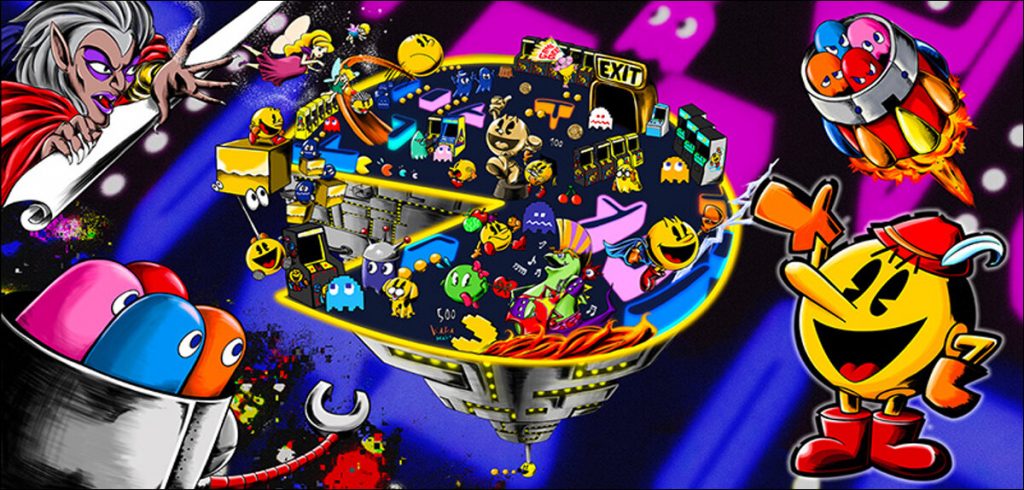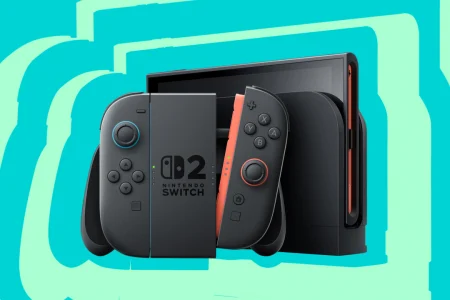Dinesh Elumalai looks back at one of the most loved, emulated, and recognized games to ever be created – Pac-Man.
For more than 40 years, Pac-Man, one of the most recognizable video games ever, has kept gamers entertained. Pac-Man, which was invented by Toru Iwatani, produced by Namco, and first made its appearance in 1980, has become a cultural icon and a mainstay in the gaming industry. We shall examine Pac-Man’s development, history, and historical development in this article.
The Early Days
Toru Iwatani, a young designer at Namco, came up with the concept for Pac-Man with the intention of making a game that would appeal to a wider demographic, including women. Iwatani sought to make a game that was more approachable and enjoyable for everyone since at the time the majority of video games focused on violence and action. The outcome was Pac-Man, a straightforward game in which a yellow character had to consume dots while avoiding ghosts.
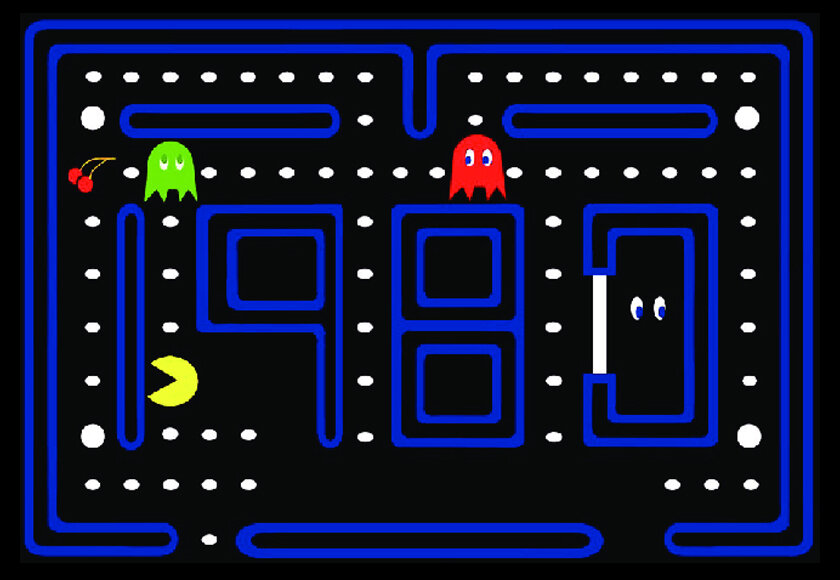
In Japan, where it was initially released in 1980, the game became a huge hit right away. It rapidly expanded to arcades all around the world and immediately gained popularity. The game’s simplicity, funny characters, and original gameplay mechanisms all contributed to its success. In a maze-like setting, players had to collect dots while avoiding ghosts.
Gameplay
The gameplay of Pac-Man revolves around controlling a round, yellow character named Pac-Man through a maze filled with pellets and various enemy ghosts. The objective is to navigate the maze, eating all the pellets while avoiding or outsmarting the ghosts. The maze layout consists of pathways and walls, with power pellets located in each of the four corners. The ghosts turn blue and become more vulnerable after Pac-Man consumes a power pellet, allowing Pac-Man to eat them for bonus points.
The ghosts, named Blinky, Pinky, Inky, and Clyde, each have their own unique behavior patterns, adding an element of strategy to the gameplay. Blinky, the red ghost, actively chases Pac-Man, while Pinky, the pink ghost, tries to ambush him. Inky, the cyan ghost, moves in an unpredictable manner, and Clyde, the orange ghost, tends to move randomly.
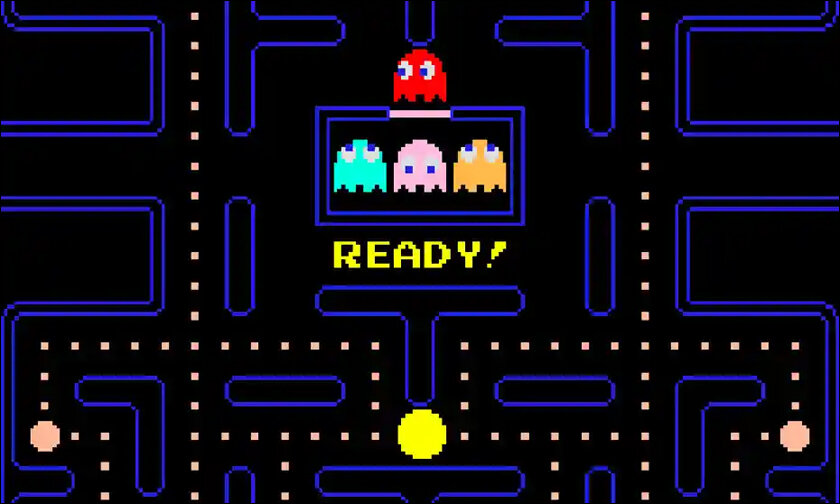
The game features additional elements to enhance the gameplay experience. Fruit appears in the center of the maze periodically, providing bonus points when eaten. Eating all the pellets in a level progresses the player to the next, where the maze layout changes, and the difficulty increases. The goal is to achieve the highest score possible by consuming pellets, eating ghosts, and collecting bonus items.
Pac-Man is a timeless classic thanks to its straightforward yet addictive gameplay and recognizable characters. The game’s popularity led to numerous sequels, spin-offs, and adaptations on various gaming platforms over the years, including home consoles, handheld devices, and mobile phones. Pac-Man has become a cultural phenomenon and is recognized as one of the most influential and recognizable video games of all time.
Pac-Man Goes Mainstream
Due of Pac-Man’s arcade success, home consoles and computers eventually got the game. In 1981, the game was originally adapted to the Atari 2600, where it swiftly rose to the top of the charts. Pac-Man was made available during the following few years for several home gaming systems and computers, including the Commodore 64, ColecoVision, and Nintendo Entertainment System.
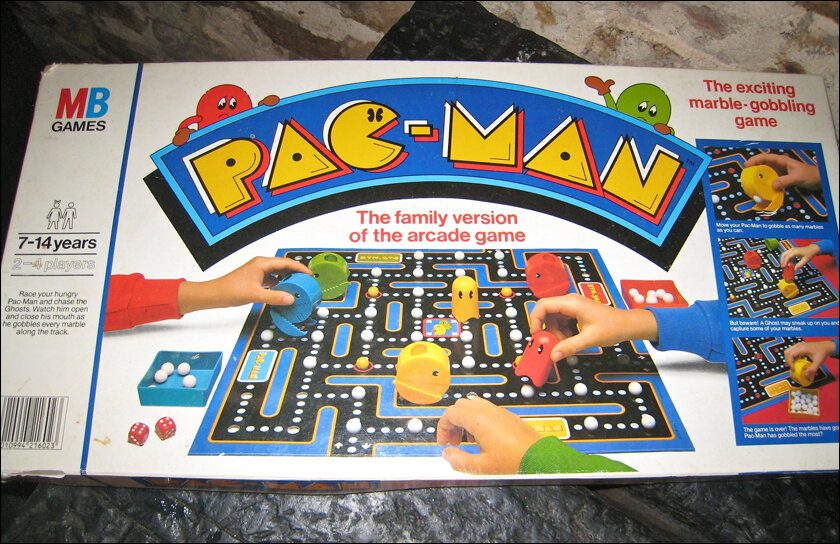
The franchise was expanded with the publication of various sequels, including Jr. Pac-Man, Ms. Pac-Man, and Pac-Man Plus, as Pac-Man’s popularity grew. These games enhanced the original formula by including fresh characters, power-ups, and mazes.
The Legacy of Pac-Man
The impact of Pac-Man on the video game industry cannot be emphasized. Numerous other video games, motion pictures, and television programs have mentioned and mocked the game. Its characters and gameplay features have inspired innumerable copycats and established standards in the gaming industry.
The success of Pac-Man has also had a long-lasting effect on culture. The game’s recognizable yellow mascot has appeared on t-shirts, toys, and other merchandize; in addition, catchphrases from the game, including ‘waka waka,’ have come to be associated with the series.
Pac-Man is still regarded as a treasured classic and has had a significant impact on video games today. As new games and remakes of older games have been released, the franchise has continued to grow. Pac-Man is a game that will continue to enthral and inspire gamers for centuries to come, whether you have been a long-time fan or are new to the franchise.
A True Icon
Pac-Man is a genuine gaming icon, and his legacy is still felt today. From its modest origins as a straightforward arcade game, Pac-Man has evolved into a phenomenon that has influenced countless other games and won over gamers all over the world. Pac-Man is a game that will continue to be a significant part of gaming history for many years to come, regardless of whether you prefer the older arcade versions or the more current remakes.

What are the top selling pack-man merchandise?
Since the 1980 premiere of the game, Pac-Man merchandise has gained popularity, and a wide range of items have been developed to cater to fans of all ages. Some of the most popular Pac-Man memorabilia are listed below:
Since the game’s release, Pac-Man video games, T-shirts, sweatshirts, and other apparel featuring the character have been quite popular. Fans of all ages have taken a like to toys featuring other game characters, such as Pac-Man. Fans have always enjoyed Pac-Man Board Games, Pac-Man Art, and Posters featuring the game’s characters.
These are just a few of the many varieties of Pac-Man goods that have garnered a lot of interest throughout time. Since the game and its characters are still loved by many people, Pac-Man gear will remain in high demand for many years to come.
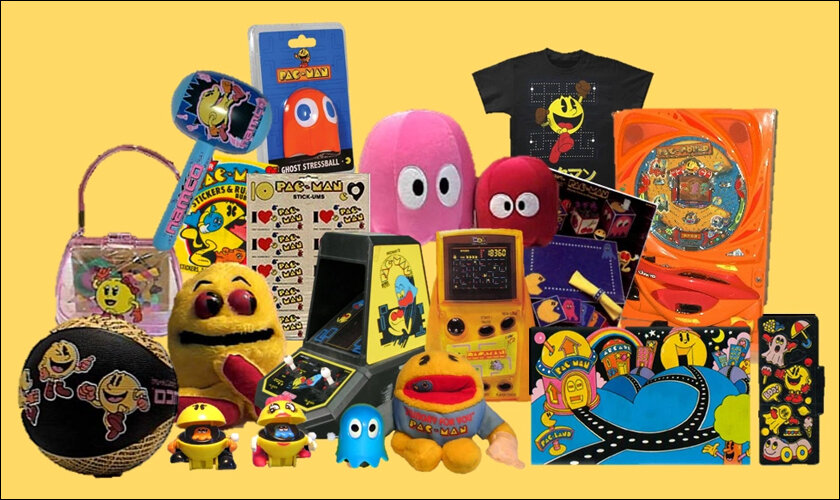
Here is a brief history of Pac-Man along with its major release dates
- Pac-Man (Arcade) – May 22, 1980: The original Pac-Man arcade game was released by Namco in Japan. It quickly became a massive success and a cultural phenomenon, both in Japan and internationally.
- Ms. Pac-Man (Arcade) – January 13, 1982: This sequel to Pac-Man introduced a female protagonist, Ms. Pac-Man, and featured new maze designs and gameplay enhancements. It was developed by General Computer Corporation (GCC) and distributed by Midway Games.
- Super Pac-Man (Arcade) – 1982: Super Pac-Man expanded on the original gameplay formula by introducing new power-ups and larger mazes.
- Pac-Man Plus (Arcade) – 1982: Pac-Man Plus was an updated version of the original game that introduced gameplay modifications and altered maze layouts.
- Pac-Mania (Arcade) – 1987: Pac-Mania added isometric 3D graphics to the gameplay, allowing Pac-Man to jump and traverse mazes in a different perspective.
- Pac-Man Championship Edition (Xbox 360) – June 6, 2007: Developed by Bandai Namco Entertainment, this modern version of Pac-Man introduced new gameplay mechanics, updated visuals, and an emphasis on high-score chasing. It spawned several sequels and became a popular reimagining of the classic game.
- Pac-Man Championship Edition DX (Multiple Platforms) – November 23, 2010: This enhanced version of Pac-Man Championship Edition introduced new modes, mazes, and power-ups, providing an even more fast-paced and intense gameplay experience.
- Pac-Man 256 (Multiple Platforms) – August 19, 2015: Developed by Hipster Whale and Bandai Namco Entertainment, Pac-Man 256 takes inspiration from the infamous “kill screen” glitch in the original Pac-Man. The game features an endless maze filled with ghosts and obstacles, challenging players to survive for as long as possible.
These are some of the major releases in the Pac-Man series, showcasing the longevity and enduring popularity of the franchise. Pac-Man continues to inspire new games, spin-offs, and adaptations across multiple gaming platforms, ensuring that the iconic yellow character remains a beloved part of gaming culture.



